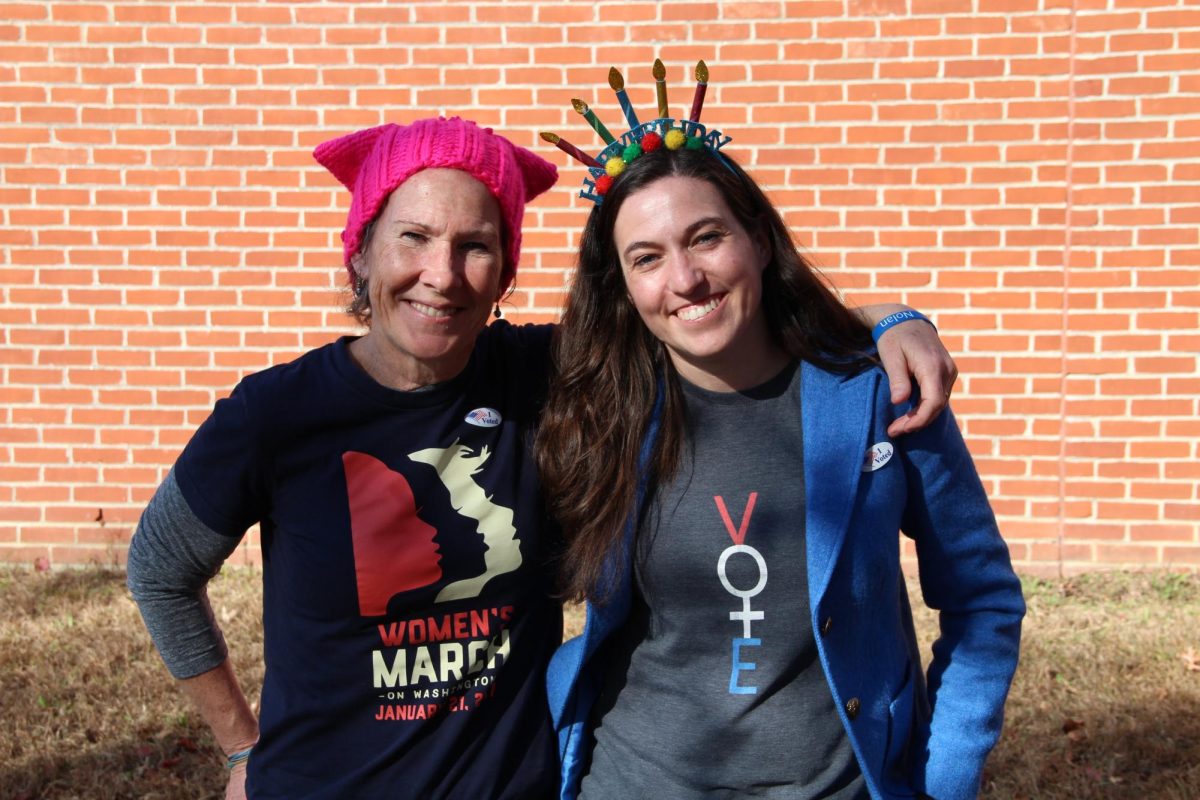
Four biologists at the University of Massachusetts have written an article, appearing in the scientific journal “Bioscience,” to defend their research from critics and to explain its importance to both the scientific community and the public in general.
Co-authors of the article Patricia Brennan, Duncan Irschick, Norman Johnson and Craig Albertson defended what they refer to as “oddball science.” Oddball science is, as Johnson described it, the study of “unusual organisms and unusual biological phenomenon.”
Brennan, Irschick, Johnson and Albertson all research unusual biological phenomenon. Brennan studies what she describes as the “sexual arms race between ducks,” in which male and female ducks are constantly evolving in an attempt to gain control over mating and reproduction. Much of her research focuses on the genitalia of ducks.
Before working at the University, Brennan worked at Yale University. While at Yale, Brennan’s research came under attack from a Christian News Organization, which published an article about how Yale received $385,000 per year to study duck penises. Brennan said the article was picked up by Fox News, which polled viewers on whether or not her research exemplified wasteful government spending.
According to Brennan, her research, as well as similar research performed by her colleagues, comes under attack “all the time.” Eventually, Brennan said, “we just stop defending ourselves” from criticism that is “completely baseless.”
Brennan, Irschick, Johnson and Albertson’s research is classified as ‘basic research,” or research that is done purely for the sake increasing scientific knowledge. Unlike applied research, basic research is not meant to be used for a specific application.
Brennan believes that unusual science, in particular, is likely to come under attack. She believes that there is a perception of this research as being frivolous and strange.
In addition to facing criticism, many researchers face a lack of funding. Brennan and Albertson explained that funding for biological research has not increased in the past decades despite inflation. Brennan also explained that because so many scientists have earned their PhDs in the last few decades, there are more scientists wanting to do research, with less funding available to them. She sees this hurting the field of biology in the long run.
This criticism and lack of funding is what prompted Brennan, Irschick, Johnson and Albertson to collaborate on this article. Albertson described the article as a “call to arms” to his colleagues to defend their research from criticism, and to educate the public on its importance.
Brennan said basic research “provides the underlying basis for all of applied science.” She described science as a pyramid, with basic science forming the base, and applied science forming the peak. If the base of the pyramid is eroded, the peak cannot be supported.
Johnson adds that there are two main benefits to the type of research he and his colleagues perform. “Oddball science” often focuses on exceptions to scientific “rules.” According to Johnson, understanding these exceptions makes understanding the general patterns easier. Johnson also argues that studying “exceptional organisms” has potential economic benefits.
Johnson collaborated with another biologist at the University of Massachusetts, Ben Normark, to study “insects that have extraordinarily diverse feeding habits,” or “superfeeders.” Johnson explains that many of these insects are considered pests. He believes that understanding organisms that are considered pests could have many economic benefits.
Albertson’s research focuses on unusual species of fish, such as a certain fish in Antarctica that never develops bones. He also studies fish with unusual skull shapes that help them better navigate their environments.
According to Albertson, studying the anatomy of these unusual fish may help us understand certain genetic diseases in human beings. Albertson explained that the “genetic toolkit for building a human is very very similar to the genetic toolkit for building a fish.”
In other words, there is no such thing as a “human gene” or a “fish gene.” Instead, genes have “human versions” and “fish versions.” Therefore, particular genetic adaptations in fish, such as the lack of bone growth or unusual skull shapes, may be directly related to genetic disorders in humans such as degenerative bone diseases.
Irschick’s research has already found a practical application. Irschick focused on the ability of Geckos to cling to almost any surface. This led to the development of an adhesive known as Geckskin, which can be used to hang objects that weigh up to 700 pounds.
“If Congress and the public do not see the value of basic science, this funding situation will get worse,” which will “hurt the country because basic science funding results in applications that have huge economic payoffs down the line.” Johnson said.
Albertson also emphasized the importance of looking to the future when it comes to determining what sciences should be funded. In basic science, “the payoff can be ten to twenty years from now,” he said.
Rose Gottlieb can be reached at [email protected].


















